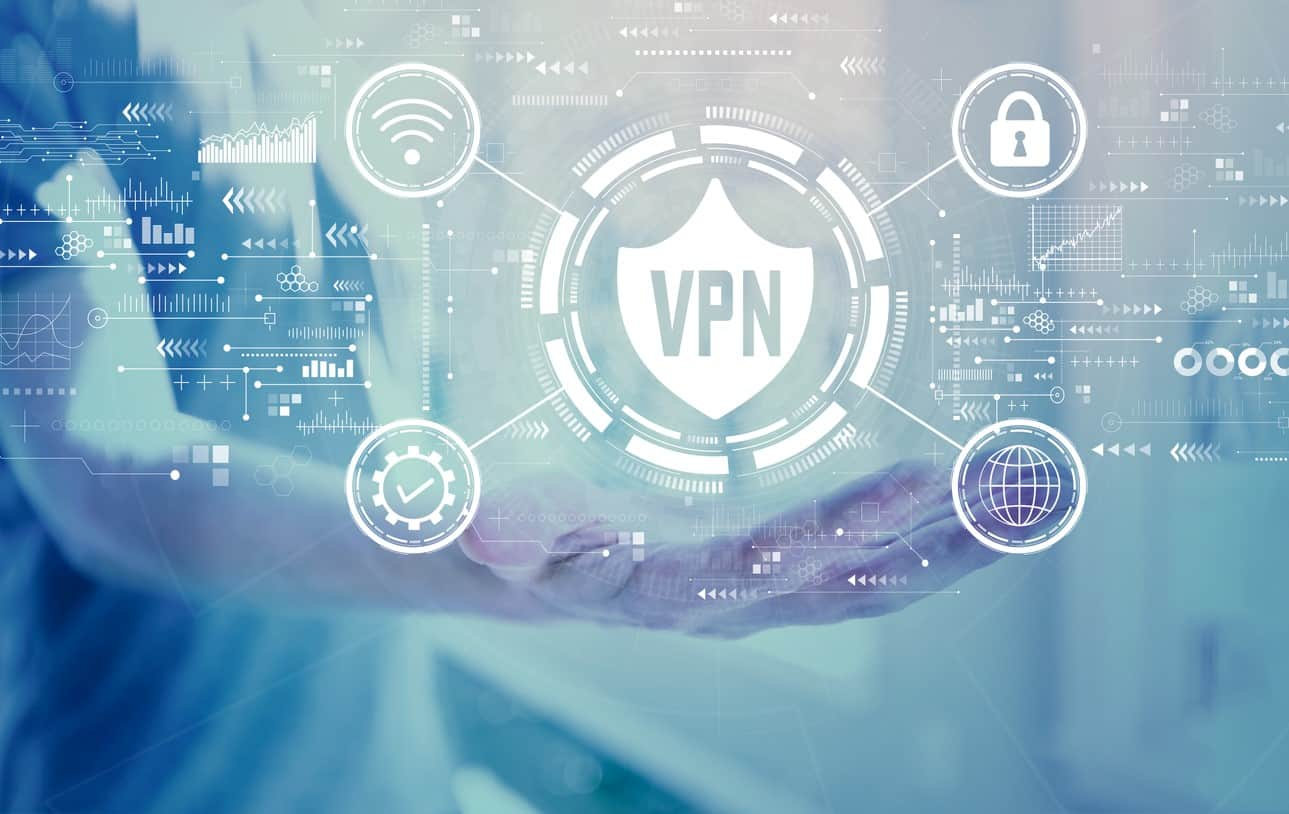QoS Considerations in GRE over IPsec Deployments
August 25, 2024
10 min read
Aarini Patil
Related Courses
Enhance your knowledge with these recommended courses

VPN Training
VPN Training is a leading provider of VPN and cybersecurity training. We offer self-paced course for individuals and organizations.
$39
View CourseBecome an Instructor
Share your knowledge and expertise. Join our community of instructors and help others learn.
Apply Now
About the Author
Aarini Patil
Hi this is Aarini. I'm a network expert who works 12 years as a Network Security manager. I'm going to teach everything you need to know with my blogs.
Share this Article
Subscribe for Exclusive Deals & Promotions
Stay informed about special discounts, limited-time offers, and promotional campaigns. Be the first to know when we launch new deals!